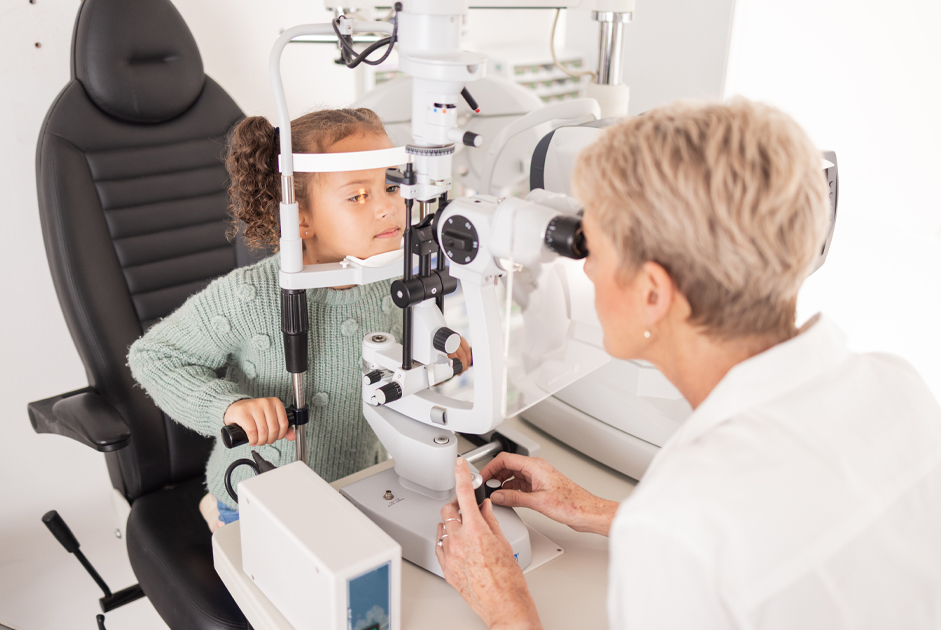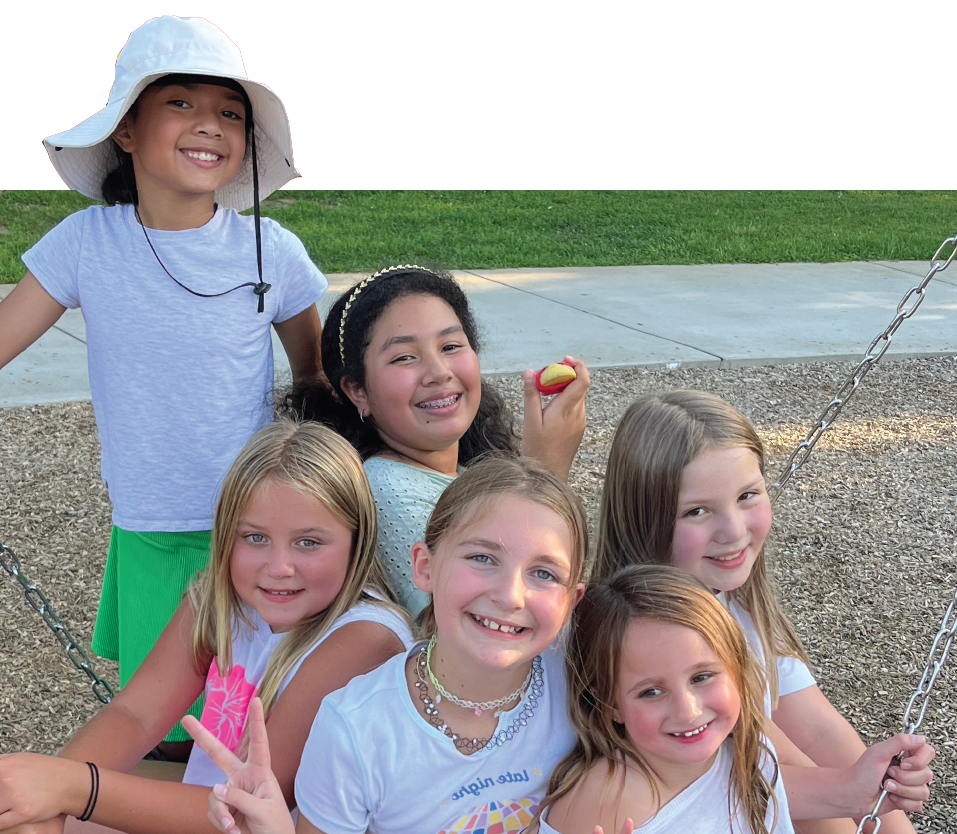Each month, this series will provide important facts and tips surrounding child safety in an effort to support parents and caregivers as they navigate reducing risks and creating the safest environment possible for the children in their lives.
August is National Children’s Eye Health and Safety Month which makes it the perfect time to remind parents and caregivers of the importance of prioritizing your child’s vision care and eye health. Vision has an enormous impact on our development as humans, from social and motor skills to cognitive functions and academic achievement.
This month, we compiled a list of essential tips to help you keep vision a priority and ensure healthy and safe eyes for your youngest family members.
Schedule Regular Eye Exams
According to a survey shared by the National Library of Medicine, “41.4% of parents had never taken their child to an eye exam with the most common reason being due to the absence of signs that would prompt them to seek medical advice.” The reality is that there are many eye health issues that may not present themselves as an issue early on until more severe symptoms begin popping up. With vision being such a critical aspect of a child’s development and quality of life, scheduling routine eye exams is just as important as pediatrician and dental checkups.
The American Optometric Association recommends that children have their first comprehensive eye exam at six months, followed by another at age three and again before starting school. After that, creating reminders for scheduling annual check-ups is important, especially if the child wears glasses or contacts.
Create Eye Healthy Habits
Encourage your children to play and spend time outdoors as it’s been shown to reduce the risk of developing myopia, also known as nearsightedness, in children. Spending at least one to two hours daily outdoors is enough to make a lifelong difference. Additionally, limiting screen time can seem like an overdone topic among parents but, the truth is, that your child’s vision can benefit from this limitation. Excessive screen time can lead to digital eye strain, characterized by symptoms such as dry eyes, headaches and blurred vision. The American Optometric Association recommends implementing the 20-20-20 rule: every 20 minutes, have your child look at something 20 feet away for at least 20 seconds. Remember to ensure kids take regular breaks and maintain a safe distance from all screens.
Something that parents tend to forget that is vital for eye health is the simple benefits of instilling positive nutrition habits and keeping a diet that includes vitamins and nutrients. Include daily foods high in vitamins A, C and E as well as omega-3 fatty acids and zinc like eggs, salmon, carrots, spinach and sweet potatoes. These foods can help protect from long term vision issues and eye diseases.
Prioritize Eye Protection
You might be the parent who always has their bottle of sunscreen ready to protect from sun exposure, but have you thought about protecting your child’s eyes from Ultraviolet (UV) rays? The sun can damage the eyes over time, leading to cataracts and other eye issues, so make sure children wear sunglasses with 100% UV protection and consider a wide-brimmed hat whenever they are outside. When playing sports and engaging in outdoor or underwater activities, think ahead about avoiding eye injuries. Purchase or borrow appropriate protective eyewear for sports like baseball, basketball, racquet sports and swimming. Just make sure that any eyewear meets the safety standards set by the American Society for Testing and Materials (ASTM).
Ensuring Your Child’s Safety
Remember that early detection and preventive measures are key to maintaining good vision and eye health throughout your child’s life, so start now! Encourage your children to communicate any discomfort or changes they are noticing in their vision, especially school age kids. Sometimes they may not realize they have a vision problem, so having conversations throughout the year can be helpful reminders of any symptoms they may be experiencing. Don’t hesitate to mention any concerns to your child’s providers such as their pediatrician or ophthalmologist.
Helpful Resources
American Optometric Association – aoa.org
Prevent Blindness North Carolina – nc.preventblindness.org



















